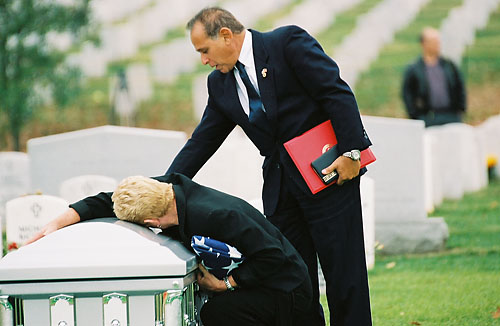The history of the habeas corpus writ dates back to the thirteenth or fourteenth century when it was first used in the common law courts of England. These courts, consisting of legal professionals were rivals of the feudal courts that were under the control of local land owners. The feudal courts were in dire need of procedural consistency and on this account, the common law courts started issuing writs demanding the release of prisoners that they had imprisoned. The common law courts utilized the writ to demand the release of people imprisoned by the royal courts like the Admiralty and Chancery during the late fifteenth to the seventeenth century.
The modern habeas corpus writ is designed as a response against as illegal and unjust imprisonment by the criminal justice system. According to the writ of habeas corpus definition, this legal instrument usually requires a person, generally the prison warden to produce the prisoner and justify with reasonable and solid evidence. The court may order the prisoner’s release if he can successfully argue that his detention was in violation of his constitutional right. This writ can also be used to release an insane person or a person who has an infectious disease or is a drug addict. It can also be used for gaining child custody.

The habeas corpus writ is an extraordinary legal principle as it endows a court with the power to release a prisoner who had undergone trial in the criminal justice system and all its appeals and procedural safeguards. According to the Writ of habeas corpus definition, initially, it is up to the petitioning prisoner to prove that his/her detention is in violation of the constitutional rights. But if he can come up with sufficient solid evidence, then the focus shifts to the warden who will be required to justify his/her imprisonment.
Federal courts as well as all state courts authorize the writ of habeas corpus. To request for the writ, an individual who is held prisoner in a state or federal prison files a petition with the court that sentenced him or her. Federal court and majority of state courts allow the inmates to present a short oral argument during a hearing in court. To establish evidence for the petition, he/she may be permitted an evidentiary hearing.
As you now know, this law guarantees that no citizen is detained illegally. Refer online legal resources for further info about this writ.
Google+



















